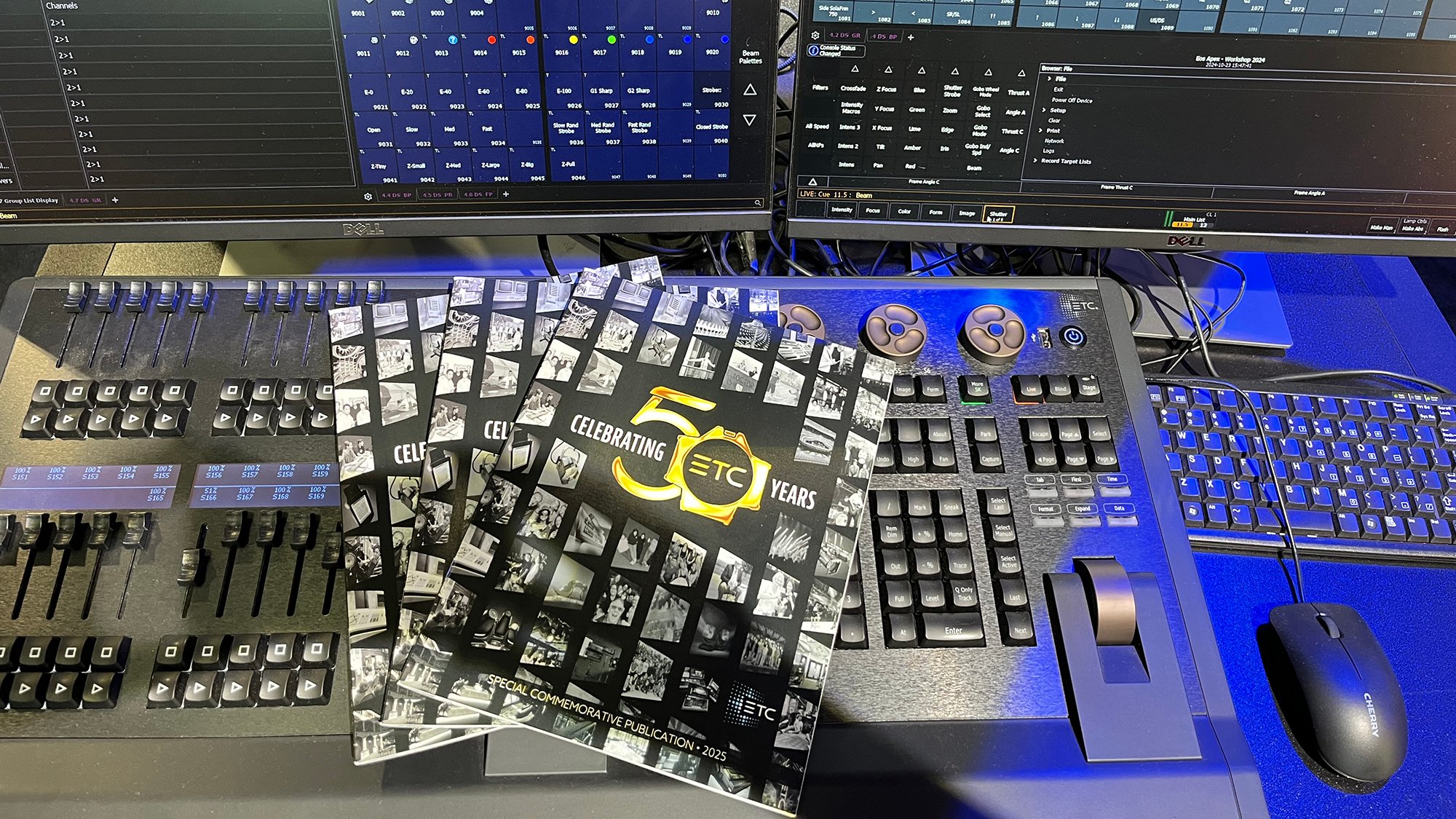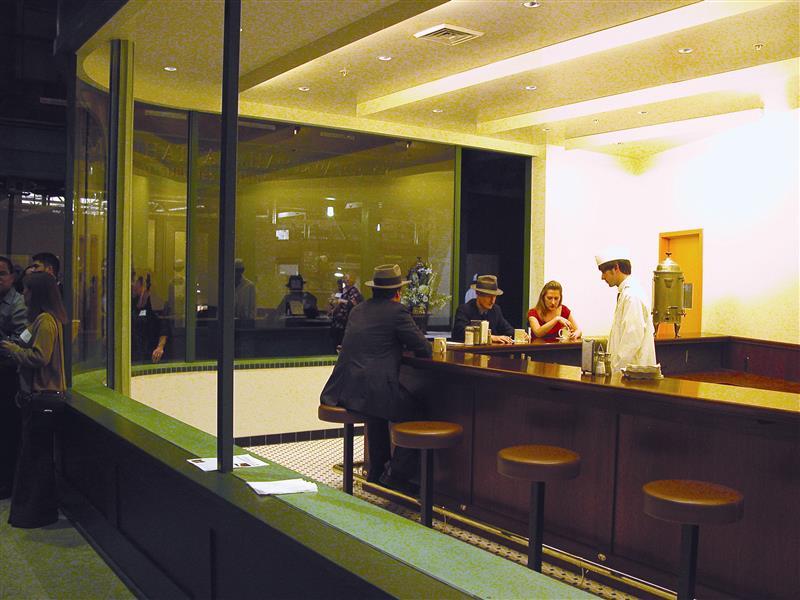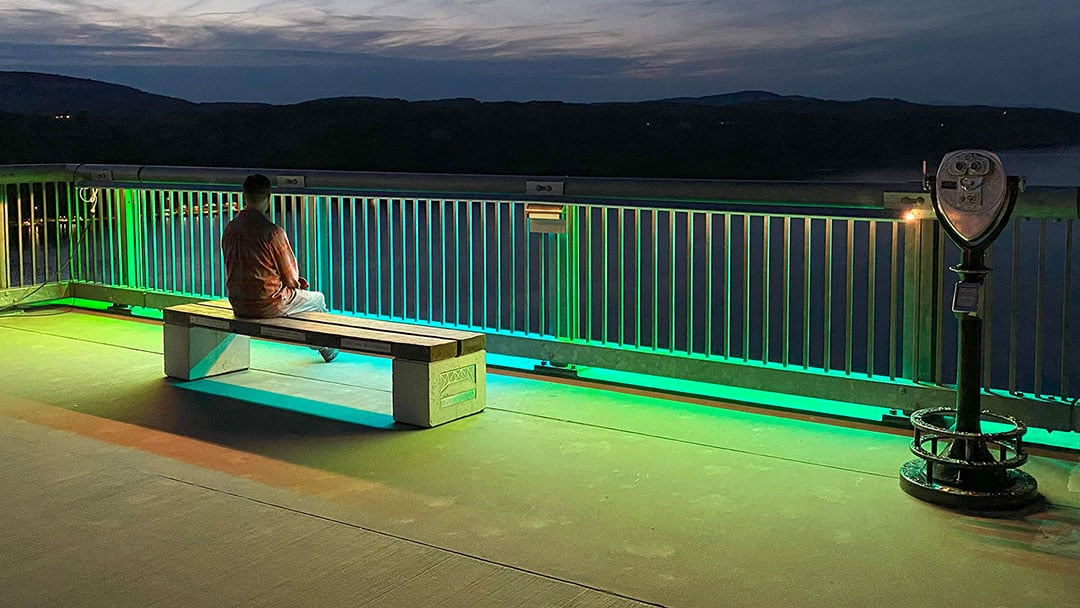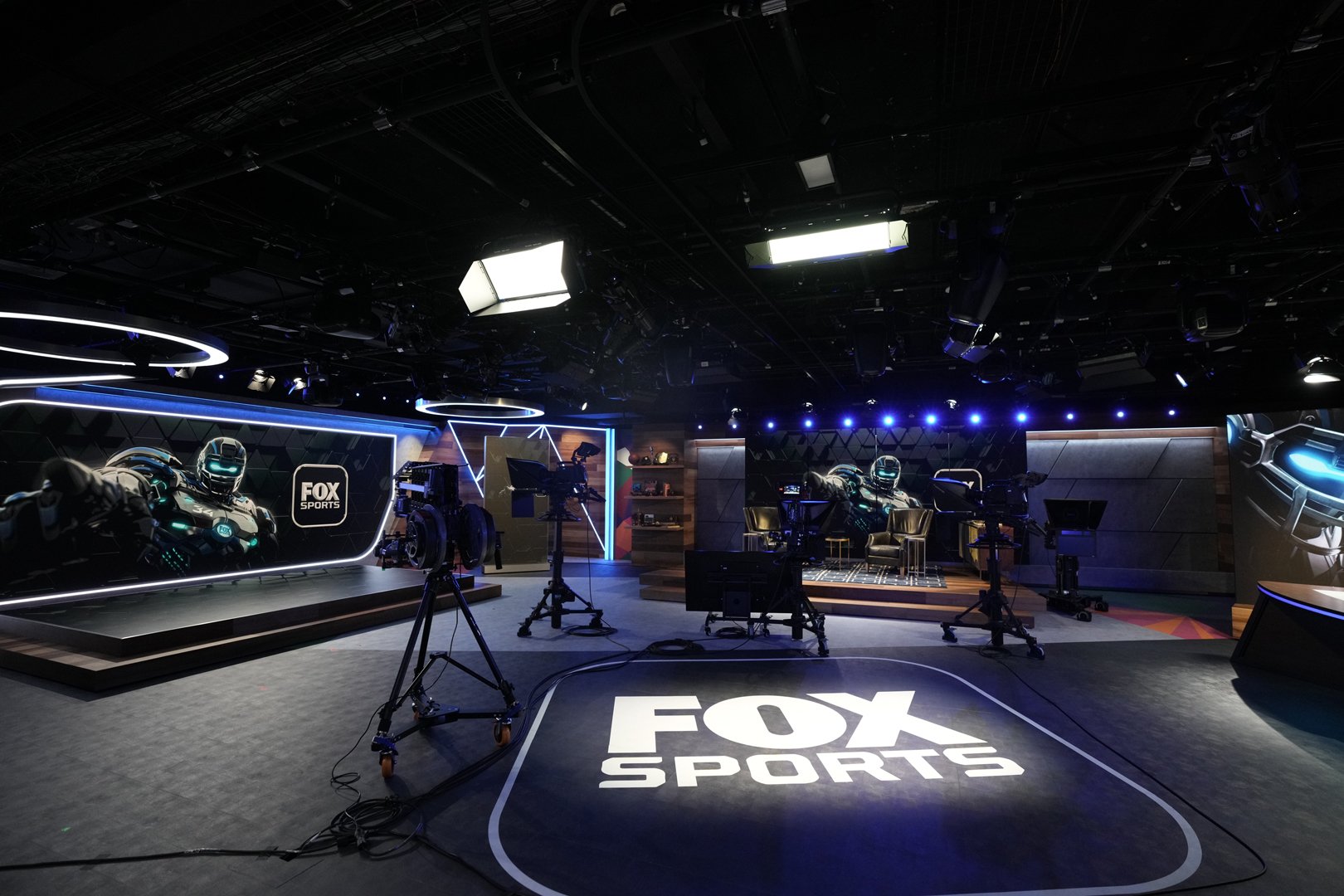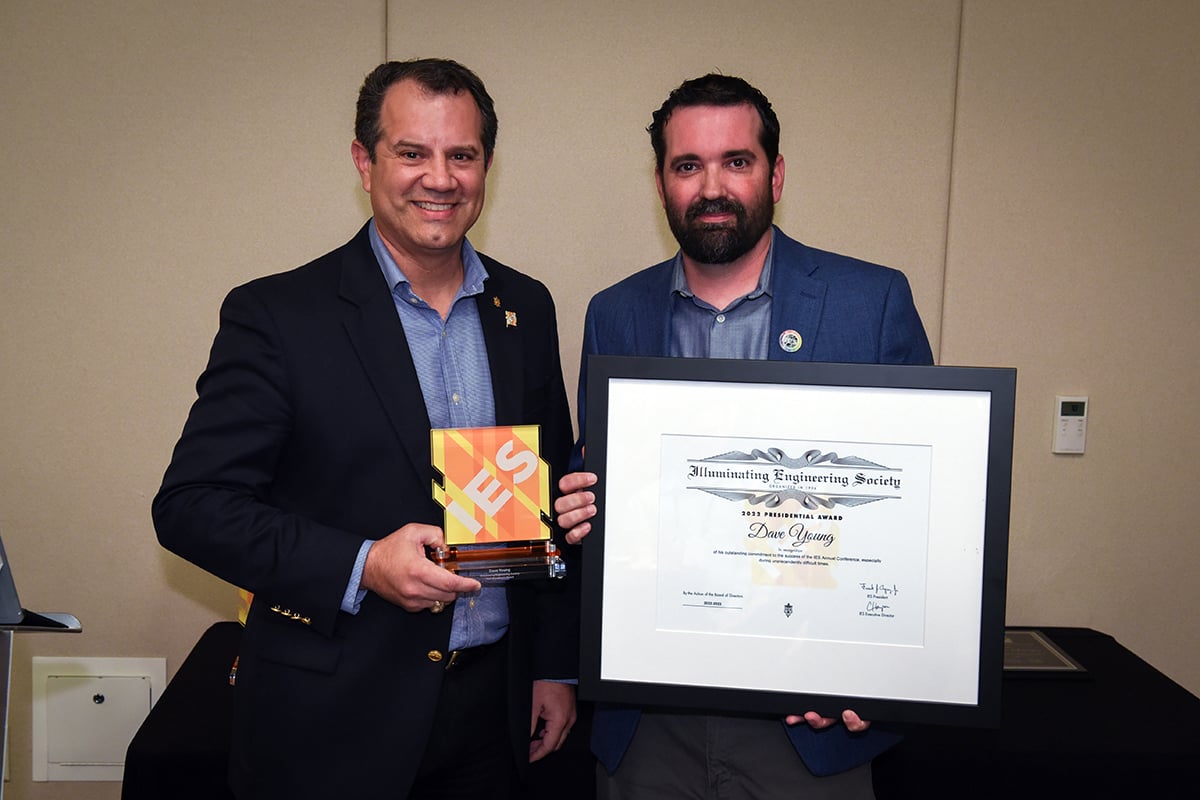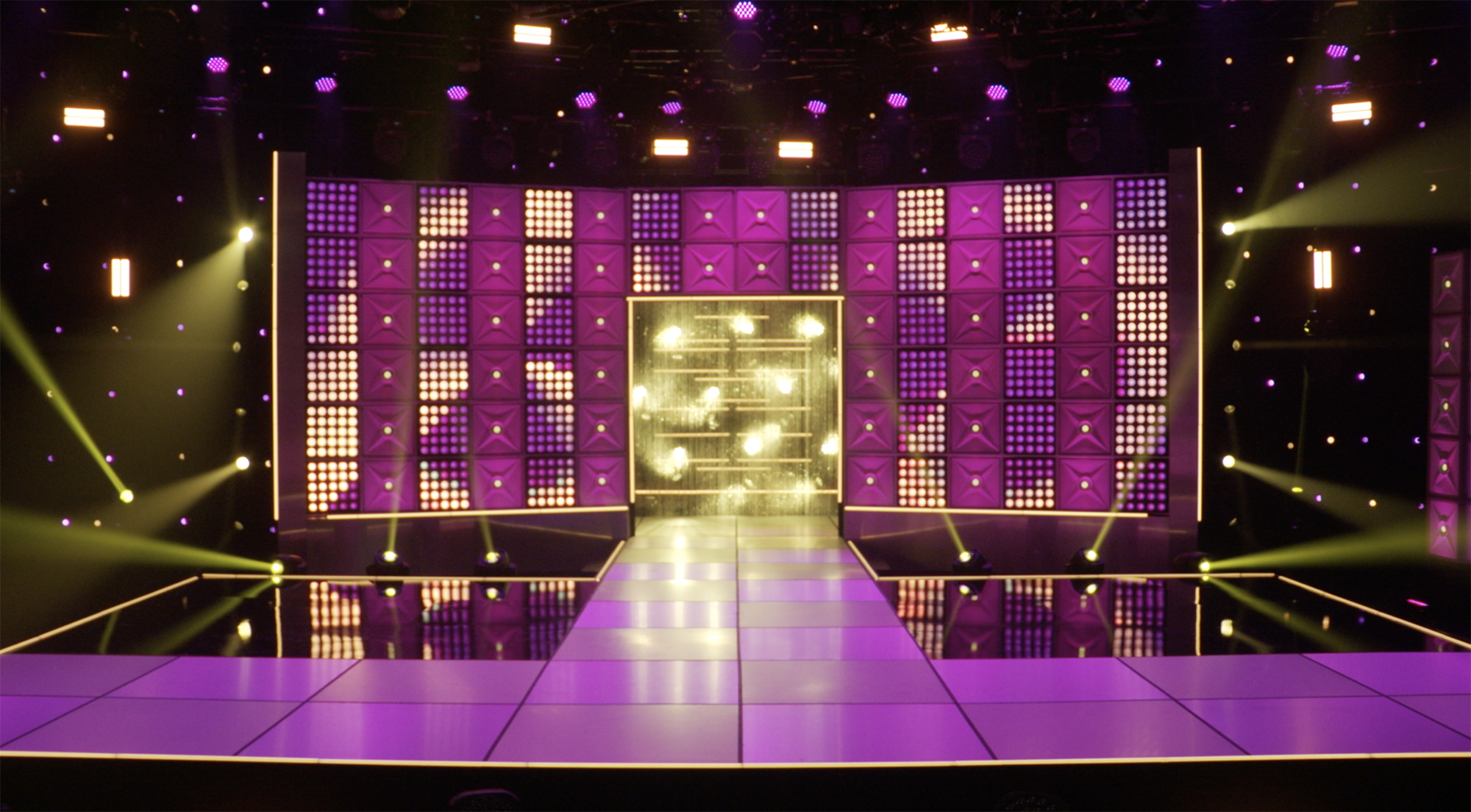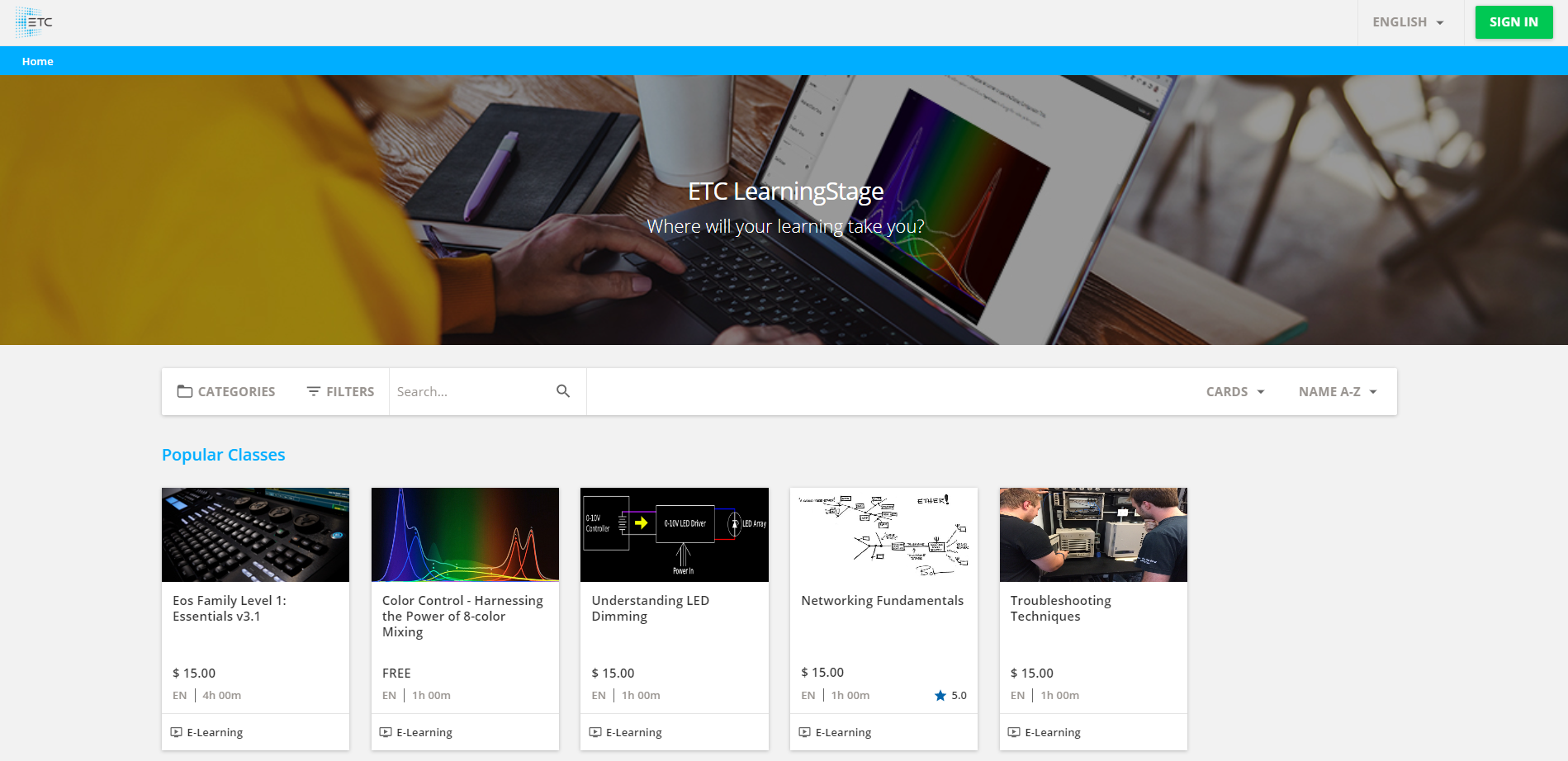ETC is celebrating our 50th anniversary in a lot of ways, including a commemorative magazine!
For 50 years, ETC has been more than a manufacturer of lighting equipment—we’ve been a partner to the people who use our products.
The "Walkway Over the Hudson" underwent a transformative lighting installation, thanks to the collaborative efforts of ETC and City Theatrical.
On April 16, ETC opened the doors to its new Innovation Centre. Nestled amongst the stunning scenery of Squamish, British Columbia, the Innovation Centre is home to the engineering team behind ETC’s Echoflex line of wireless distributed lighting control products as well as other architectural and...
There is no off-season for sports coverage, just a constant competition to be the best.
Dave Young, ETC’s Architectural Regional Manager – West, received the Illuminating Engineering Society’s Presidential Award. The award recognizes Young’s hard work to keeping the annual IES conference a success “during unprecedentedly difficult times.” Fittingly, the award was presented at the...
No matter if you are trying to comply with Title 24v, ASHRAE/IES 90.1, or IECC, there are many energy code requirements your lighting system will have to meet. Small requirements like the ones we highlighted in our first post in this series (How ETC helps you meet energy codes, part 1: What are...
Title 24, IECC, and ASHRAE 90.1 are building energy codes that provide minimum standards for the design and construction of energy-efficient buildings. Each of these codes has specific requirements, which are designed to reduce energy consumption, decrease greenhouse gas emissions, and improve...
Lighting People understand that more color in each fixture is better, but it’s not often you get to see all those colors grace your TV screen. This is unequivocally (and appropriately) not true for RuPaul’s Drag Race.
“Our show lives in color palettes that are not common,” says Gus Dominguez,...
At ETC, we’re always creating new and exciting things – including new ways to teach you all about those exciting things! Recently we unveiled our new online training outpost: LearningStage. It’s packed with all the courses and resources you need to take your understanding of ETC gear and software...



